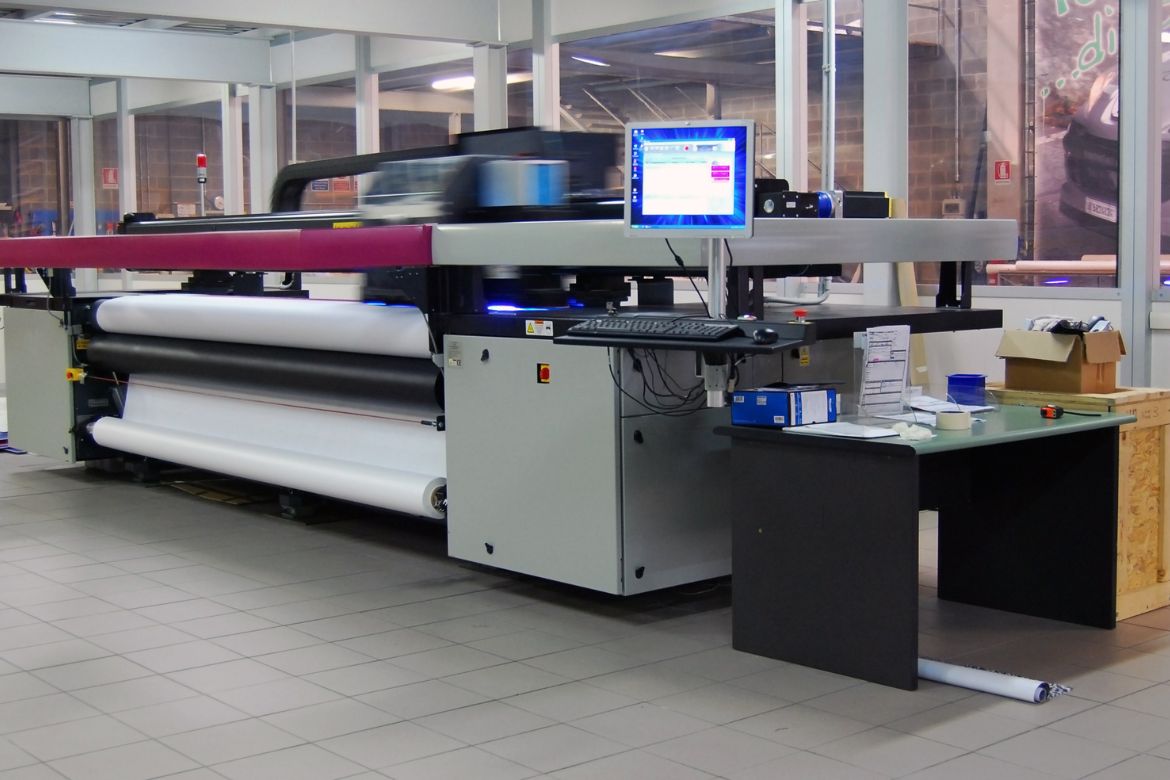3D Printing: Reasons Why Printing Speed Matters
3D printing has revolutionized the manufacturing industry. With the ability to create high-quality, durable parts, it has become a go-to method for bringing innovative ideas to life. However, one of the most significant challenges in 3D printing is the printing speed. While fast printing speed is desirable, 3D enthusiasts and manufacturers often overlook this aspect. This blog post will highlight the importance of printing speed in 3D printing and explore the various factors that affect it.
Faster Lead Times
Time is money, and this holds true in the 3D printing industry. Faster printing speed leads to quicker production times, which can translate into higher productivity and more revenue. By reducing the time it takes to produce a part using 3D printing, manufacturers can shorten production cycles, accelerate time-to-market, and improve turnaround time for their clients.
Print Quality
The printing speed can also affect the quality of the final product. In 3D printing, there’s a delicate balance between speed and accuracy. A faster printing speed might compromise the accuracy of the parts by causing warping, layer shifting, or nozzle clogging. Therefore, finding the ideal printing speed for each material and printer is essential to ensure the best possible results.
Cost Effectiveness
Printing speed is a crucial factor in the cost-effectiveness of 3D printing. By reducing the printing time for a part, manufacturers can decrease their printing expenses, such as energy consumption, filament, and maintenance costs. Additionally, with increased printing speed, manufacturers can produce more parts in less time, increasing the output per machine and reducing the need for additional equipment.
The Impact of Printer Settings
Several printer settings and hardware components can affect the printing speed of a 3D printer. For instance, the nozzle size and filament diameter determine the amount of material deposited during the printing process, affecting the printing speed. The print resolution and infill density are also factors that affect the printing speed. To optimize printing speed, manufacturers must fine-tune the printer settings and hardware components to balance speed and quality.
Future of 3D Printing
So what does the future hold for 3D printing? Industry experts predict that the future of 3D printing is lightning-fast printing speed. You may soon find advanced technologies capable of printing at record-breaking speeds while maintaining high quality standards. With faster printing speeds, the potential applications of 3D printing are limitless, ranging from mass customization to on-demand manufacturing.
Printing speed is a crucial factor in 3D printing, affecting lead times, print quality, cost-effectiveness, and the future of 3D printing as a whole. By finding the perfect balance between speed and quality, manufacturers can leverage 3D printing to bring innovative designs to life while meeting their clients’ demands for faster turnaround times and lower costs. As technology advances and newer, more efficient systems emerge, the printing speed will continue to be a determining factor in the growth and adoption of 3D printing worldwide.

